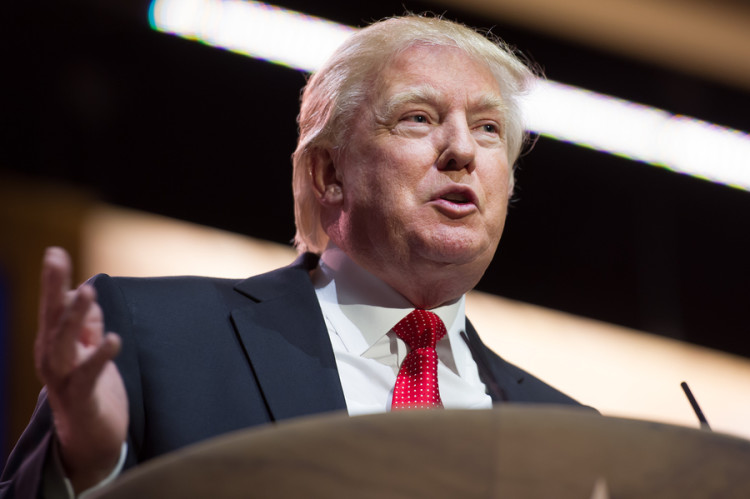China Poses a Threat, Just Not the One Trump Thinks: Tom Orlik

QuickTake Free Trade Feud
The reality, though, is that neither candidate is going to bring manufacturing jobs back to the U.S. And in fact, by focusing on past losses, whoever becomes the next American president will be ignoring the true threat posed by the next stage of globalization: to white-collar jobs.
In 2001, the year China entered the World Trade Organization, the country boasted 162 million manufacturing workers. Average wages hovered around 60 cents an hour. Small wonder, then, that U.S. companies raced to shift operations offshore: As Chinese exports grew, U.S. manufacturing employment fell, losing 5 million jobs between 2000 and 2015. Other high-income countries suffered similar declines.
The hollowing out of the U.S. manufacturing base has contributed to higher levels of unemployment, stagnating incomes and inequality. That’s led to a chronic shortage of demand. It’s also fueled a populist anger that’s shocked the U.S. political establishment. Yet this first wave of China shock may now be starting to ebb. After peaking at 234 million in 2012, China’s manufacturing workforce is now shrinking.
The second wave could have an even larger impact. In the last decade, China has produced close to 60 million college graduates. By 2030, the World Bank expects there to be up to 200 million — more than the entire U.S. workforce. They’ll join those from India and Latin America in an increasingly crowded global market for brainpower.
Practical as well as trade barriers mean there are some areas where Chinese white-collar workers won’t make major inroads globally. But in many others — from crunching the numbers behind a trading strategy, to writing code, to reviewing X-rays — some of the work is already being outsourced and more will be. After all, iPads assembled in China have to be shipped to the U.S., with all the associated logistical costs. New iPad apps designed in China can simply be uploaded.
The consequences for U.S. professional classes could be far-reaching. In finance, medicine, and information technology, Chinese wages remain substantially below the level in the U.S. Since 2001, wages for the 40th to 80th percentile of Americans — the heart of the middle class — have stagnated. In the next decade, those workers could join low earners in seeing their salaries shrink.
China’s graduates, who will enjoy more opportunities and higher salaries as part of the global labor force, won’t be the only winners, of course. More brain power means more opportunities to innovate, pushing back the global technology frontier. U.S. firms will benefit from lower wage costs and consumers will pay less for services. But the lesson of the last 15 years is that even if more trade is a net plus for the world economy, the distribution of gains is far from even.
The erosion of the West’s professional classes would widen the gulf between the haves and the have-nots. The swelling ranks of the latter will mean more voters tempted by the siren song of closed borders and raised tariffs. Trump’s angry blue-collar base might not be large enough to propel him into the Oval Office this year. In a few years’ time, if those voters are joined by white-collar workers similarly displaced, someone like him could well have more luck.
The answer isn’t to turn away from the benefits of greater global integration. Barriers to trade and immigration are ultimately self-defeating. Instead, governments need to invest in the human capital required to give everyone a chance to succeed in the global race. That has to be backed up by thoroughgoing and actively enforced rules of the game, to ensure that comparative advantage reflects genuine strength, not stolen intellectual property, state subsidies or corners cut on standards.
Even that, however, won’t be enough. Losers need to be compensated, not stigmatized. That’s about fairness. It’s also the price of ensuring continued support for a process that in aggregate makes the world better off. Redistribution also serves another essential purpose — leaning against the blow to demand that comes as globalization channels an ever-larger share of income to high-saving elites.
Till now, the debate on China in the presidential race has centered on damage done in the past. Until candidates focus on the future, their China strategies will inevitably fall short.
This column does not necessarily reflect the opinion of the editorial board or Bloomberg LP and its owners.







No Comment